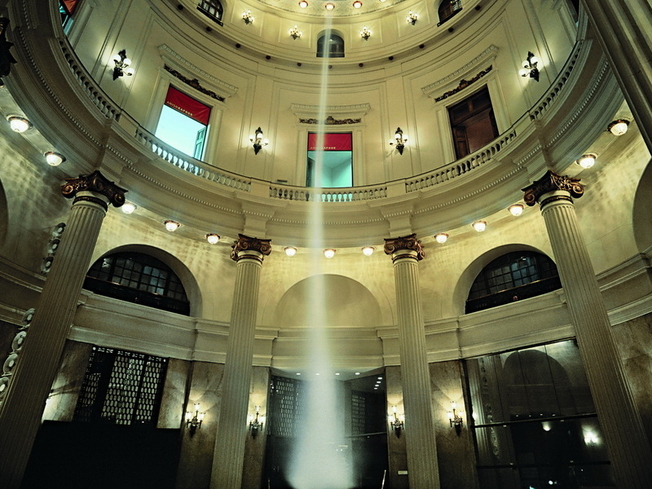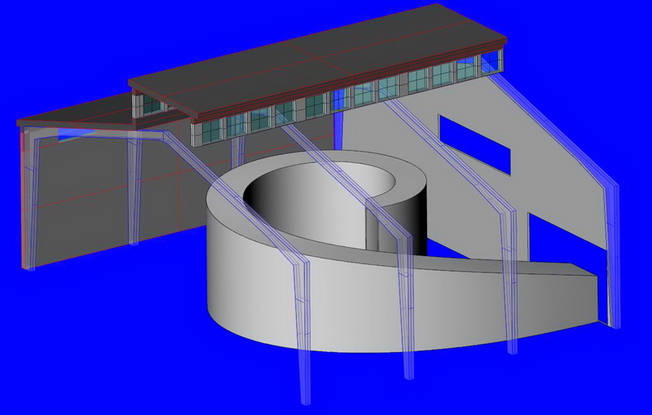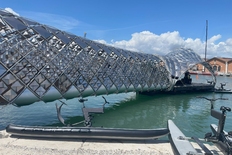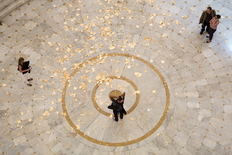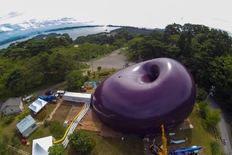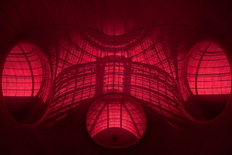Artist: Anish Kapoor
Clients: [1] Mag+, Rio de Janeiro & Brasilia (BZ)]; [2] Galleria Continua, Naples (IT), [3] Beijing (CHN), [4] Venice Biennale, Venice (IT)
Object: free rotational vortex
Project start: April 2006
Project delivery: July 2006 and subsequent years to 2012
A vortex display can typically be found in science museums. However, taking such a display out of its box, scaling it up and putting it into a room that people can safely walk into- this had to our knowledge not been done before.
The artist proposed a smoke vortex rising out of the floor or a plinth and reaching up to 36m high. The vortex had to be adaptable to different exhibition spaces. Aerotrope needed to find a system that produces a large-scale vortex reliably while interfering as little as possible with the existing building. The solution had to be elegant, economical and safe. Above all, Aerotrope paid close attention to the artist’s ambition of creating art beyond a mere physics spectacle.
We provided the structural & mechanical designs specific to each exhibition site, performed initial tests and specified the equipment needed. The artist trusted that we would come up with a solution for ‘taming a tornado’, because Chris Hornzee-Jones had contributed to a previous piece: a large dish that spun a mass of coloured water into a perfect parabolic mirror, using centrifugal forces. (Turning Water into Mirror, Blood into Sky, 2003).
A vortex forms when a strong suction (provided by a powerful extraction duct in the ceiling) combines with a slow, smooth rotation of the air in the space. In these conditions, the air begins to spin with increasing speed, forming a hollow core near its center- exactly like the eye of a storm. Aerotrope engineers were able to demonstrate this by building and experimenting with air-test models similar to wind tunnel- testing. A small fog machine made the air movement visible. Our model scale demonstrations confirmed to the artist that his idea would transpose to a larger scale.
Employing the principles of fluid dynamics Aerotrope engineers designed passageways, which enabled a vortex formation at its center. Wherever possible the existing architecture of the building itself was used, e.g. by positioning banks of fans behind existing pillars. This instigated the air movement necessary for the formation of a vortex all the way to the ceiling.

